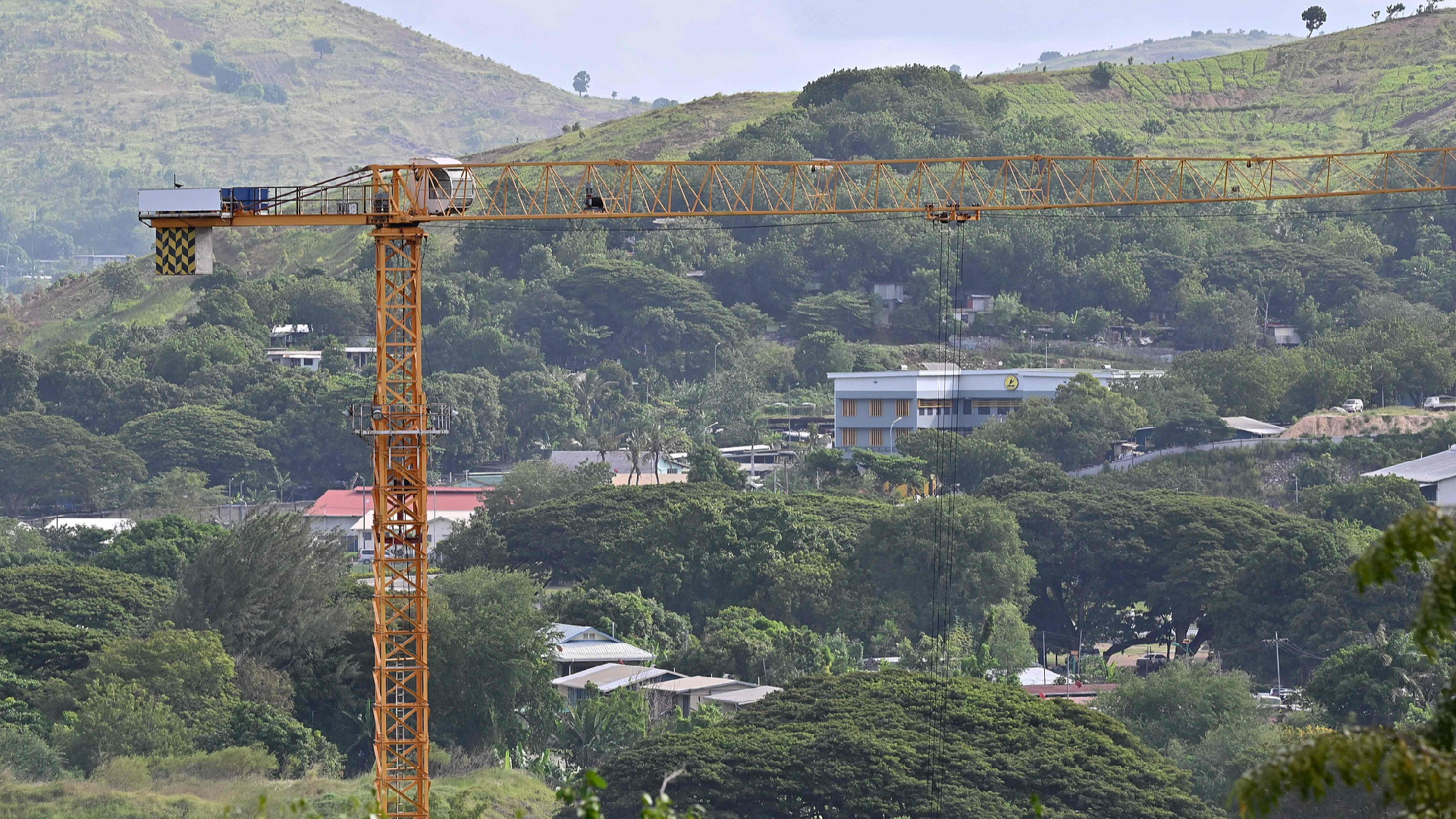New Highlands Highway in Papua New Guinea Opens Path to Economic Expansion
Papua New Guinea's newly constructed Highlands highway is set to foster economic development in the region.

In the rugged terrain of Papua New Guinea, where growth has been hindered by infrastructure challenges, the recent completion of a 13-kilometer highway in the Western Highlands Province marks a significant development. This highway, part of a growing network, links the resource-abundant Highlands with crucial agricultural areas and coastal ports, signaling a promising enhancement for both local industries and international trade.
This project, finalized through a collaboration between China and Papua New Guinea, embodies their shared economic goals. Supported financially by the Export-Import Bank of China, the initiative aligns with China's comprehensive Belt and Road Initiative, which focuses on developing trade routes across Asia and the Pacific. For Papua New Guinea, this partnership brings vital capital and expertise, aiding in the mitigation of persistent infrastructure deficiencies.
Maximizing resource potential amid transport obstacles
The Highlands region boasts rich mineral resources and fertile lands for agriculture, yet a lack of reliable transportation has hindered the development of these assets. Both mining operations and local farmers have encountered high costs and significant delays in moving goods to markets or ports. The new highway presents a vital solution, enhancing access to economic hubs and considerably lowering transport costs, which is anticipated to boost productivity in both mining and agriculture.
For the government of Papua New Guinea, this infrastructure project acts as a means to empower isolated communities economically. The reduction in transportation expenses could lead to increased mining productivity, fostering job creation, boosting exports, and improving living conditions.
Collaborative approach for strategic advancement
China's investment through its Export-Import Bank underscores its dedication to infrastructure initiatives in developing nations, particularly those related to the Belt and Road Initiative. This venture fosters reciprocal growth, as improved infrastructure allows Papua New Guinea to unlock its extensive resources, benefiting both countries' economies.
This partnership illustrates how joint development can harmonize local resource use with foreign investment, establishing a sustainable growth framework.
Revolutionizing agriculture and mining
The Western Highlands highway has already started to impact Papua New Guinea's agricultural and mining industries positively. Coffee, a major agricultural export predominantly cultivated in the Highlands, now reaches markets more swiftly, enhancing its freshness and profitability. The Asian Development Bank highlights that the shortened transport times are creating new export possibilities and stabilizing income for local farmers.
In the mining sector, the improved transport infrastructure greatly supports operations, including the Porgera gold mine, one of the region's largest. Reduced travel times lower costs, making Papua New Guinea a more appealing destination for mining investments. Reliable transportation also strengthens supply chain security, which is essential for both perishable agricultural products and time-sensitive mining outputs.
Enhancing regional connectivity
The implications of the highway extend beyond Papua New Guinea, contributing to broader economic integration throughout Oceania. Enhanced infrastructure could position Papua New Guinea as a vital trade connector within the Pacific, linking it to markets in Australia, New Zealand, and other island nations. By establishing a dependable trade route between remote inland areas and coastal ports, the highway lays the groundwork for a streamlined logistics network across the region.
Experts anticipate that the improved internal connectivity in Papua New Guinea will amplify its role in Oceania's economy. This highway exemplifies the transformative impact of strategic infrastructure, enabling smaller economies to engage more effectively with global supply chains. As a result, Papua New Guinea's potential to emerge as a regional transport and trade hub now appears achievable.
Ramin Sohrabi contributed to this report for TROIB News












